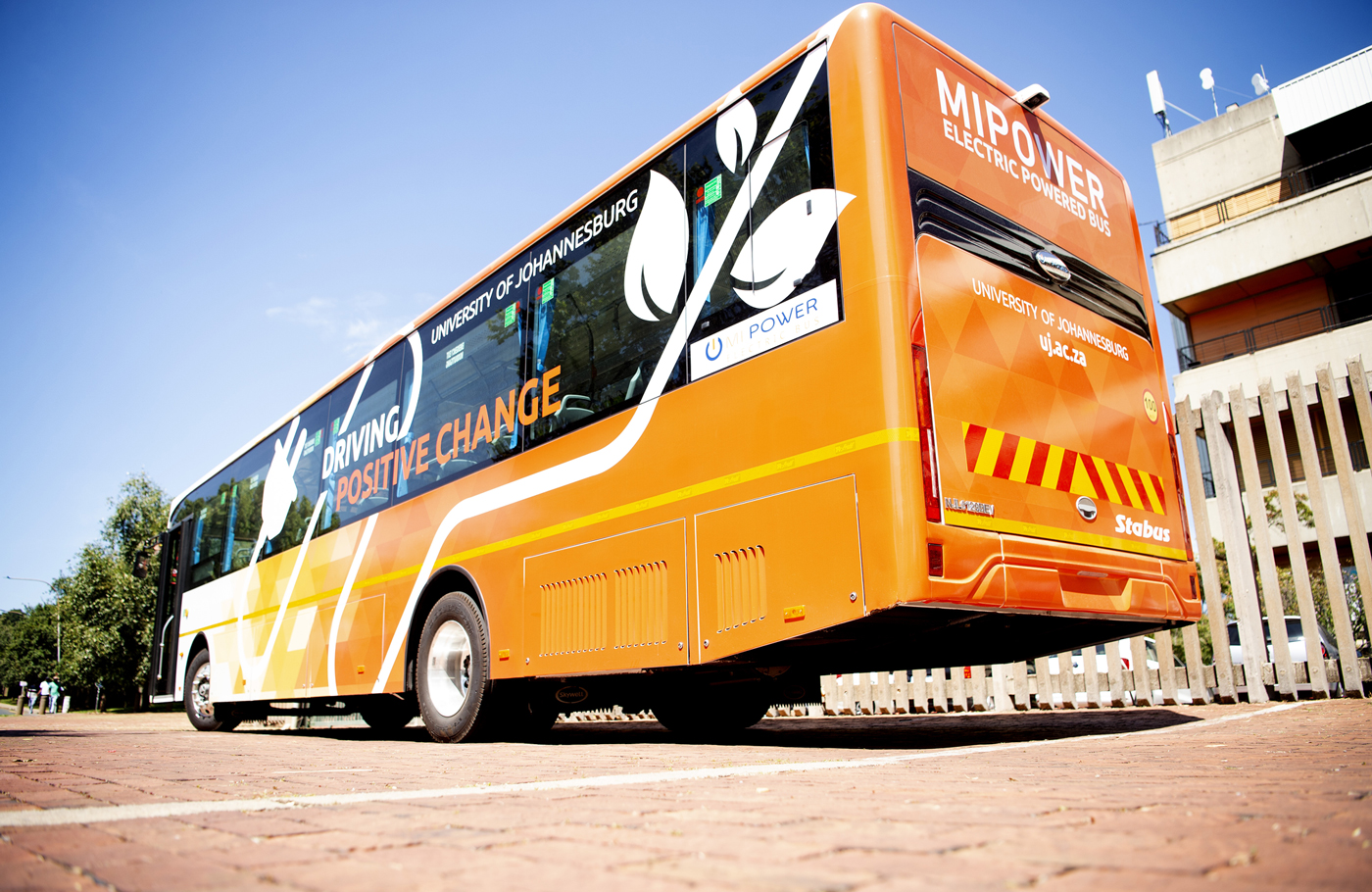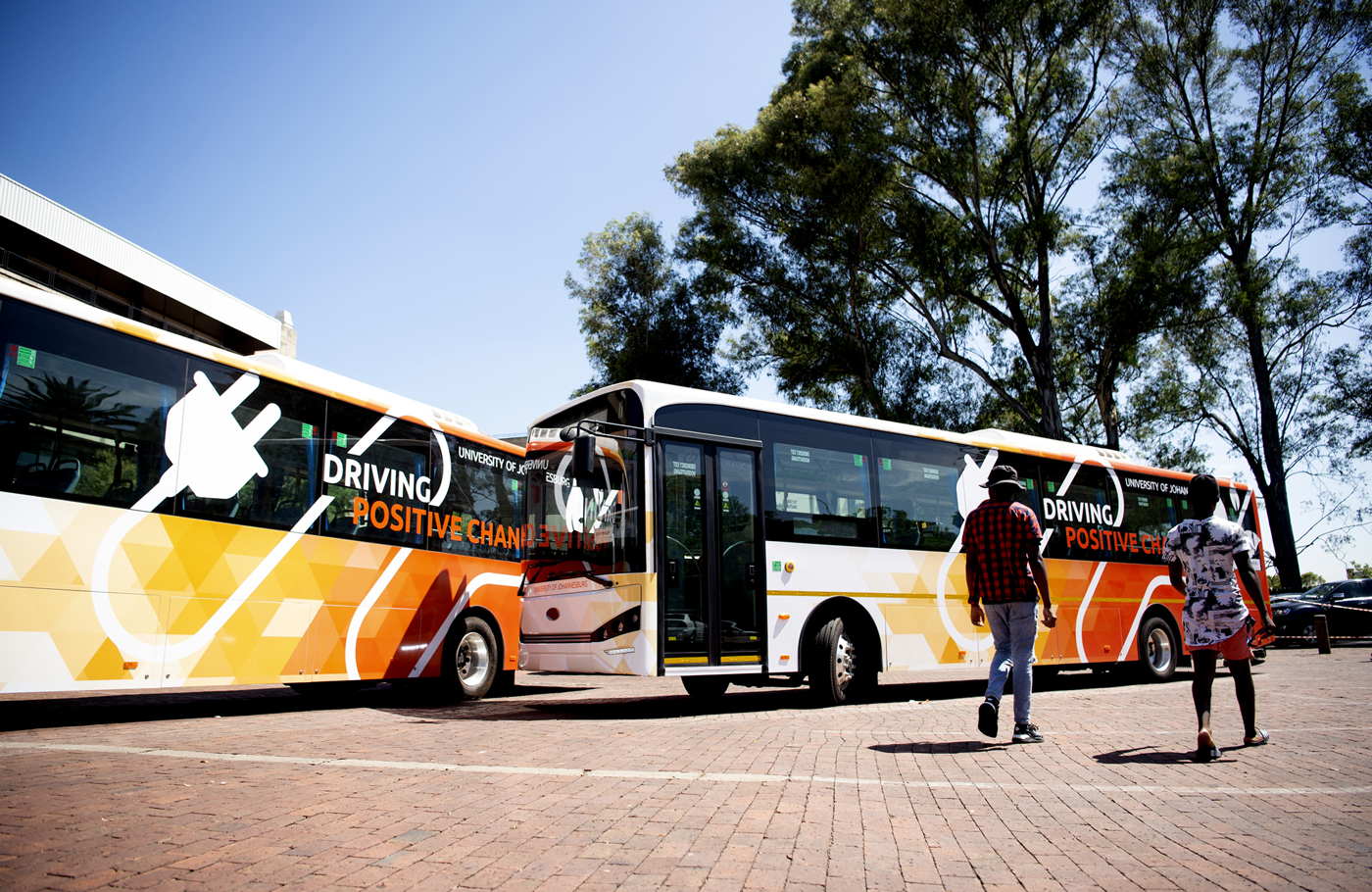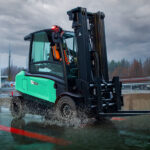I stand corrected
I stand corrected
Earlier this year, in the piece Chasing rainbows?, JACO DE KLERK wrote that at the moment, electric drivetrains can’t work for South Africa’s commercial vehicle industry. The bus industry has, however, proven him wrong.
Golden Arrow Bus Services (GABS) has harnessed the extensive solar energy it is producing from the photovoltaic installations at six of its depots, to test the feasibility of running electric buses (e-buses) in sunny South Africa.
“Golden Arrow partnered with bus manufacturer BYD and co-funding programme uYilo to test two 100% electric buses for a 12-month period, starting in April 2021,” writes Bazil Govender, in his article, Golden Arrow Bus Services pioneers electric buses in South Africa.
GABS put the two 37-seater buses through about 7 000 km of testing with no passengers and 70 000 km of operational testing – with passengers introduced on 28 June 2021.
“Extensive testing took place using sandbags to simulate maximum passenger loads. The buses were tested on some of Cape Town’s steepest hills to ensure that the engineering team was satisfied with their performance, charge range, and safety requirements before the buses were added to active service. Today, the two buses carry passengers daily on the Retreat to Cape Town CBD route,” Govender relates.
The current test buses did not, however, have Golden Arrow’s preferred seating configuration. For this reason, the company imported a 65-seater electric bus with specifications matching the bulk of the existing Golden Arrow fleet, in order to test how well the configuration would work in an electric vehicle.
“Our passengers travel fairly long distances as a result of apartheid spatial planning and urban sprawl, so we prefer our buses to offer as much seating as possible,” says Gideon Neethling, company engineer at GABS. He adds that the company is also working with OEMs to develop a South African version of the 65-seater, with the aim to reduce import taxes and create jobs.
GABS’s e-bus business isn’t stopping there, though. The company has partnered with the University of Stellenbosch to investigate the possibility of converting buses currently running on internal combustion engines to incorporate electric drivetrains.


Stellenbosch isn’t the only university aiding the e-bus revolution. The University of Johannesburg (UJ) has added three e-buses manufactured by Mi-Power (two that it purchased and one on rental) to its existing fleet to ferry students between various campuses. Each bus has a capacity of 76 passengers, with 57 seated and 19 standing.
Special projects advisor, Professor Andre Nel, explains the process that led to the fruition of this project: “It started more than 18 months ago, as part of our drive to reduce our carbon footprint at UJ. We’ve always had a strong focus on sustainability issues. After implementing large numbers of solar panels, one of the next questions was how can we further make UJ sustainable? After some research, the obvious next step was to figure out how we were going to cut our carbon emissions in one area – and that area was transport. Transport makes up about 4.5% of UJ’s footprint and reducing that in any way was something we desired.”
So, what will happen when load shedding strikes and the buses can’t be charged? And what about their environmental friendliness? Will they be charged using coal-generated electricity? Dr Mpoti Ralephata, UJ’s chief operations officer, is quick to allay such concerns. He says that 15% of UJ’s energy comes from solar, which is enough to power the buses. “We will have to have loadshedding for more than five hours a night to affect overnight charging,” he adds.
To get a bus fully charged, it would need to be left on the plug point, of which there are two (one on campus and one at the bus depot), for at least five-and-a-half hours. This provides a 350 km range, more than enough to cover the 200 km bus route on which these vehicles run.
Vice-chancellor and principal designate, Professor Letlhokwa Mpedi, is excited to see the university’s vision come to life. “These buses are an example of the fourth industrial revolution in action. They are part of a legacy that we want to leave for future generations. As a testament to our position as a leader, we are the first university to make use of e-buses for commercial purposes,” he says.
I have never shied away from admitting that I’m wrong. Electric drivetrains certainly do seem to belong on South Africa’s roads – and the bus industry is leading the way when it comes to their adoption.
Published by
Focus on Transport
focusmagsa




